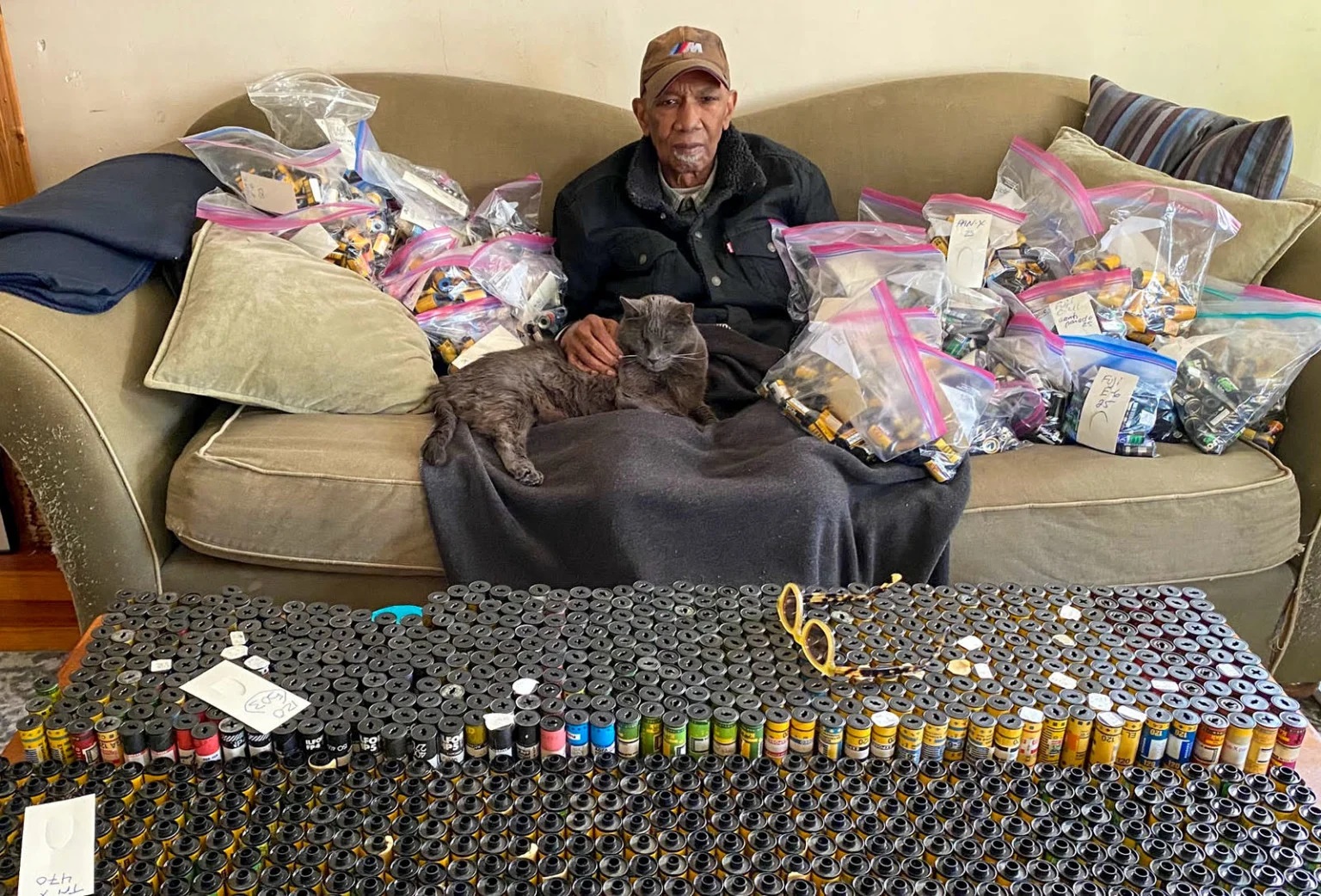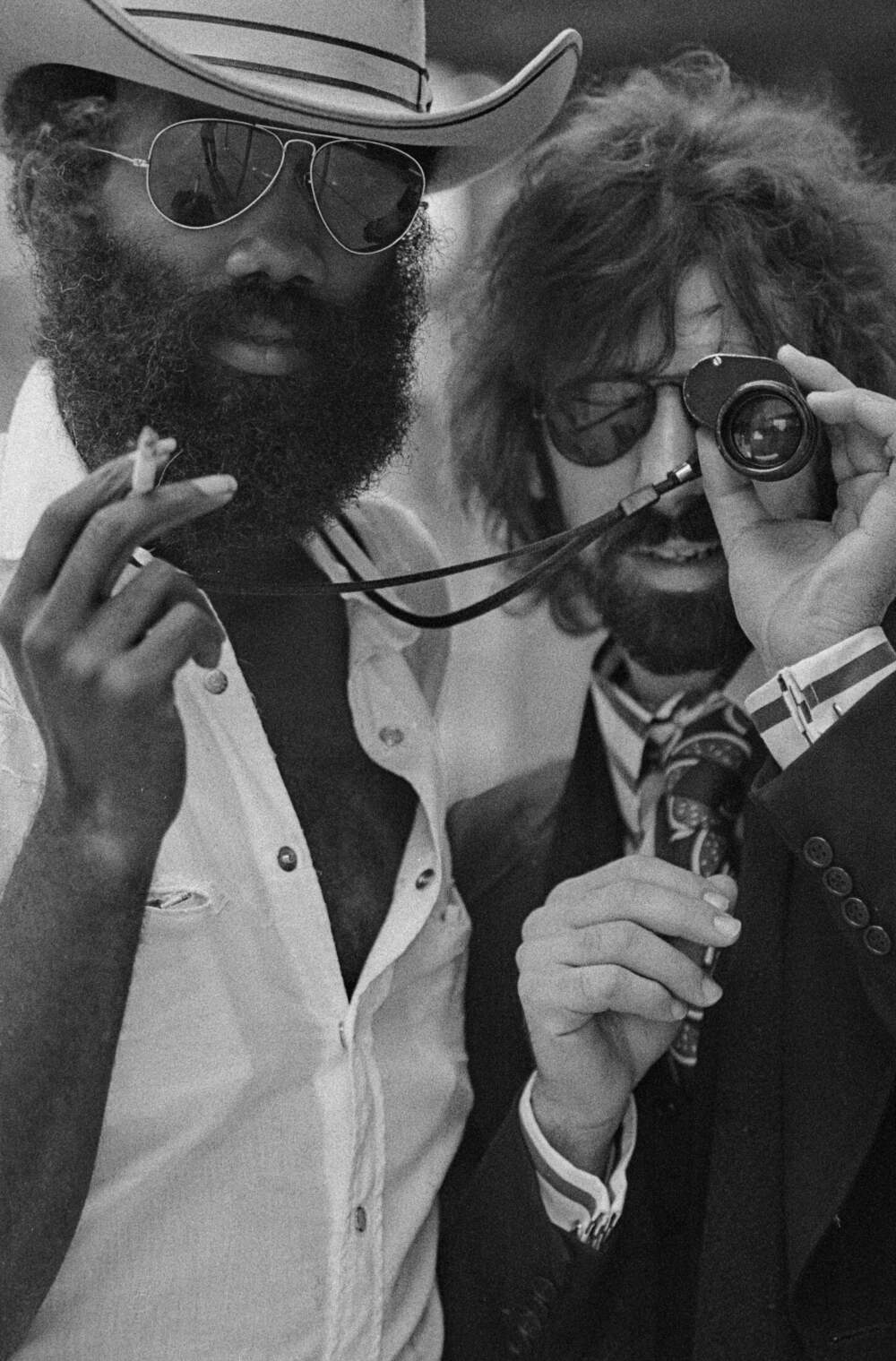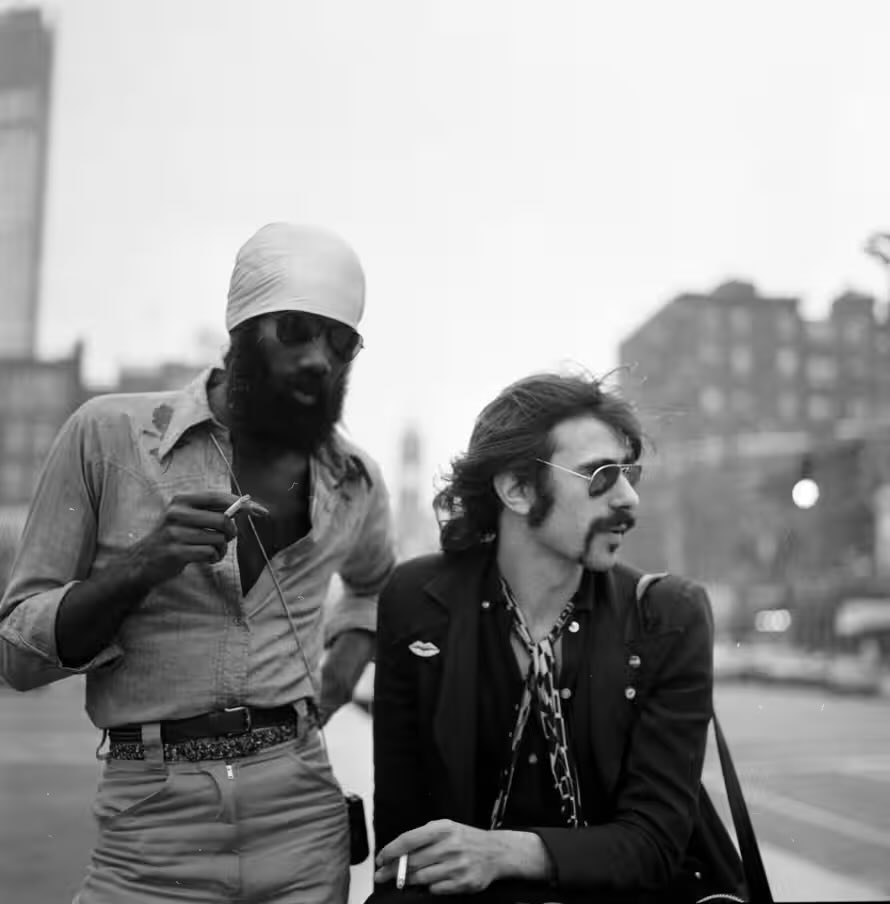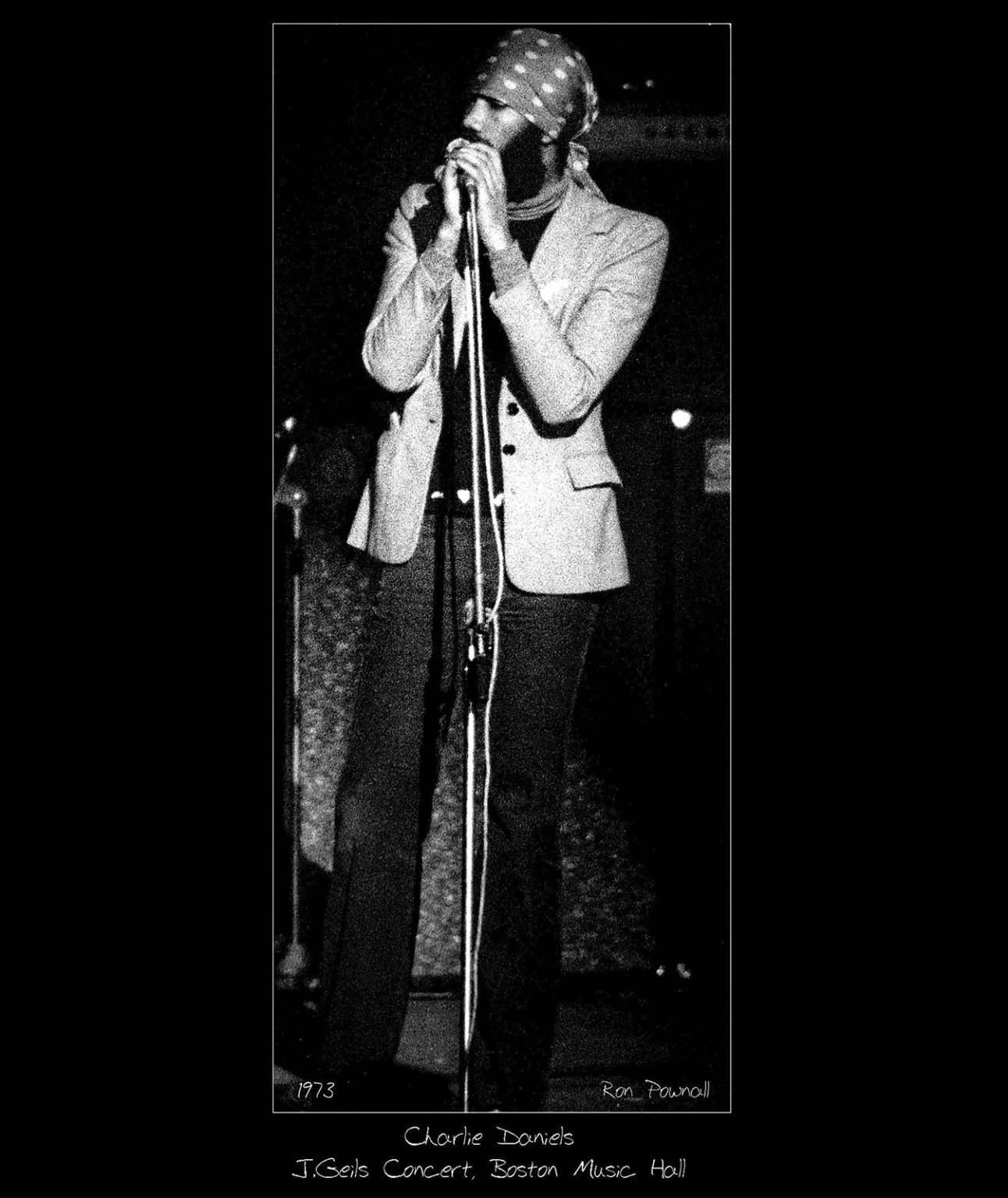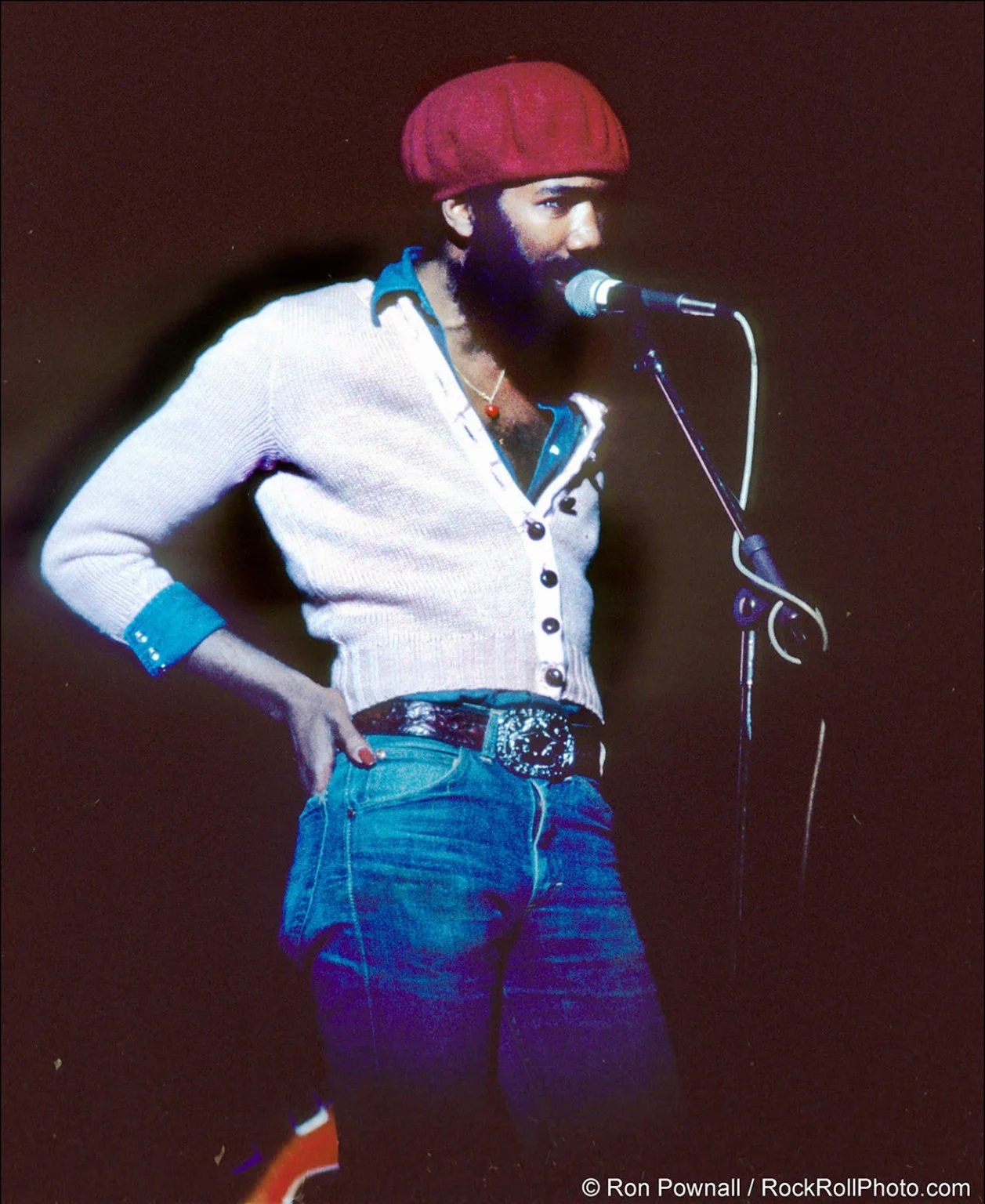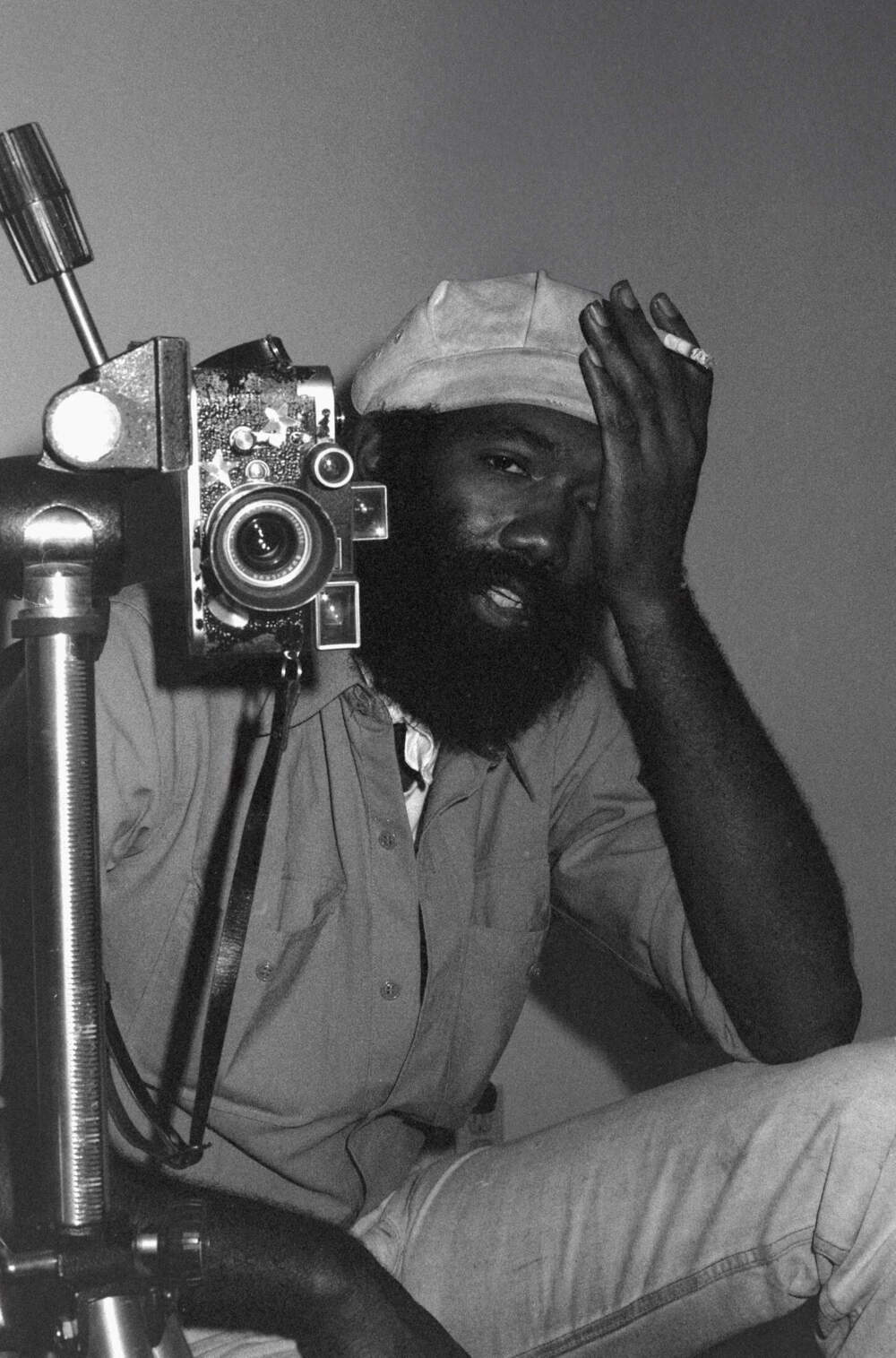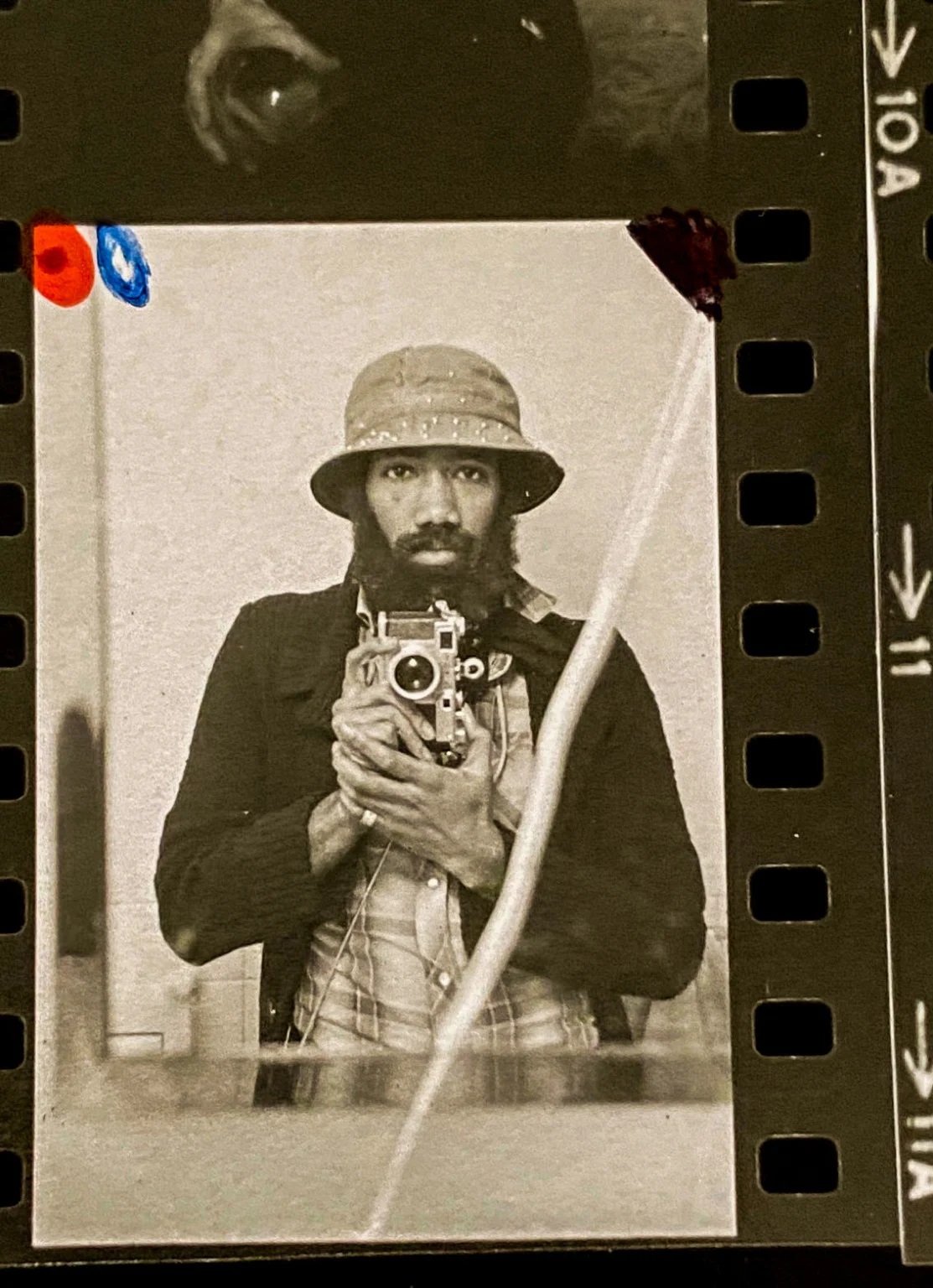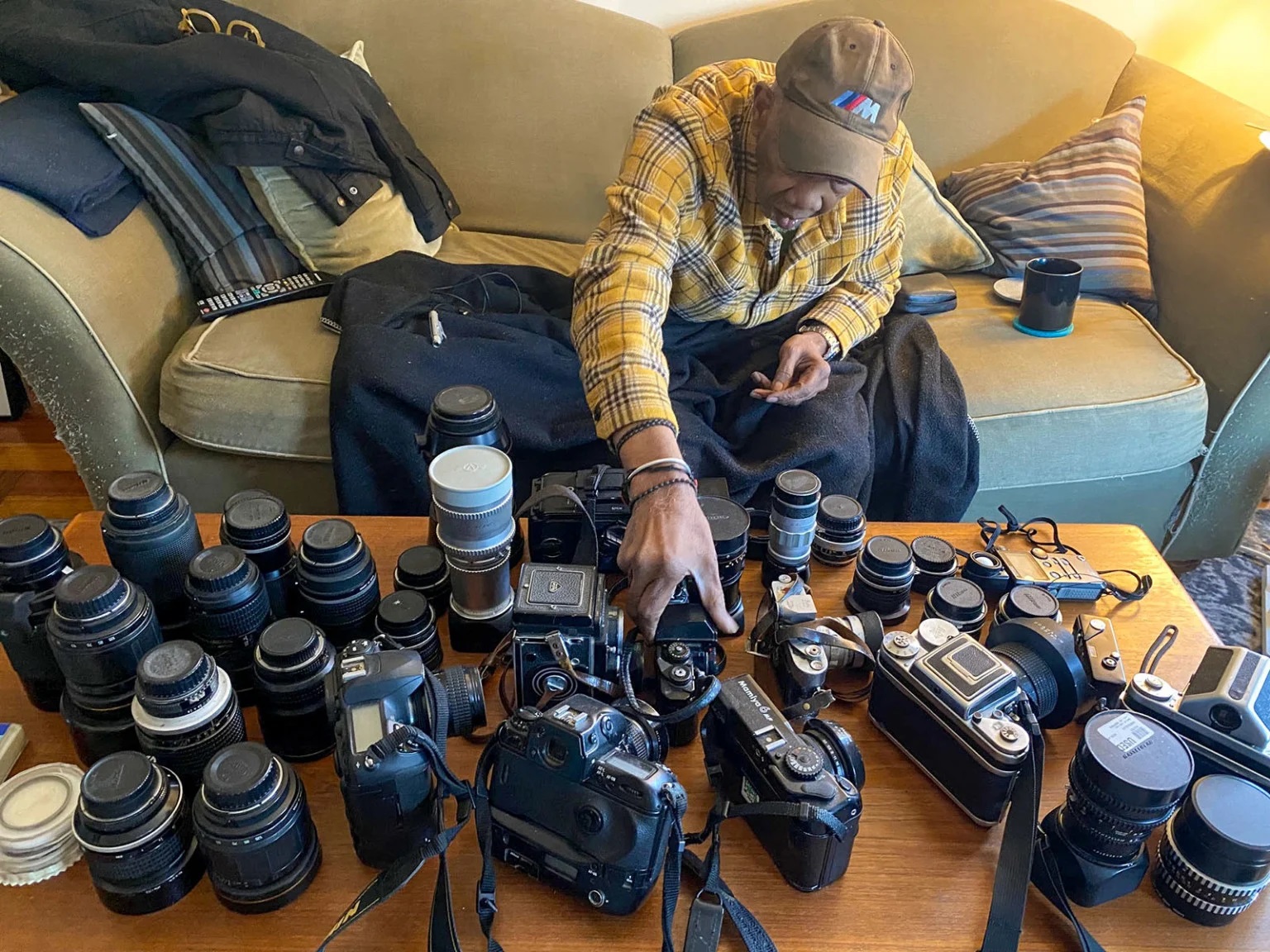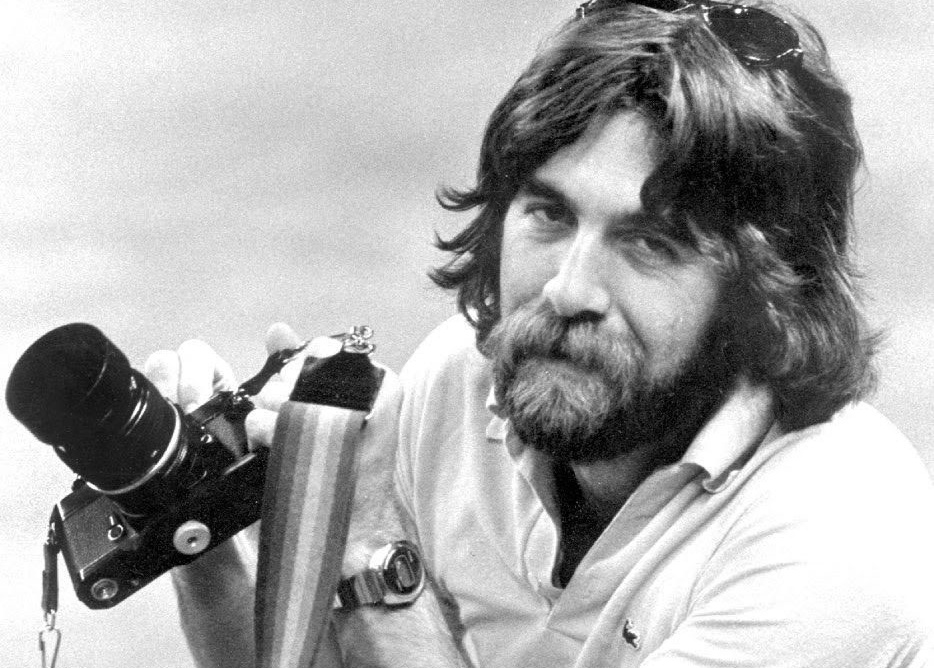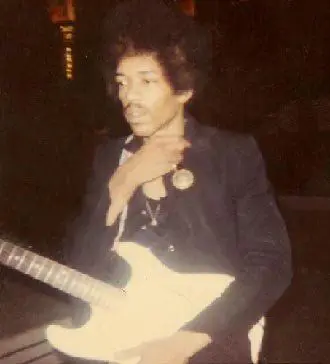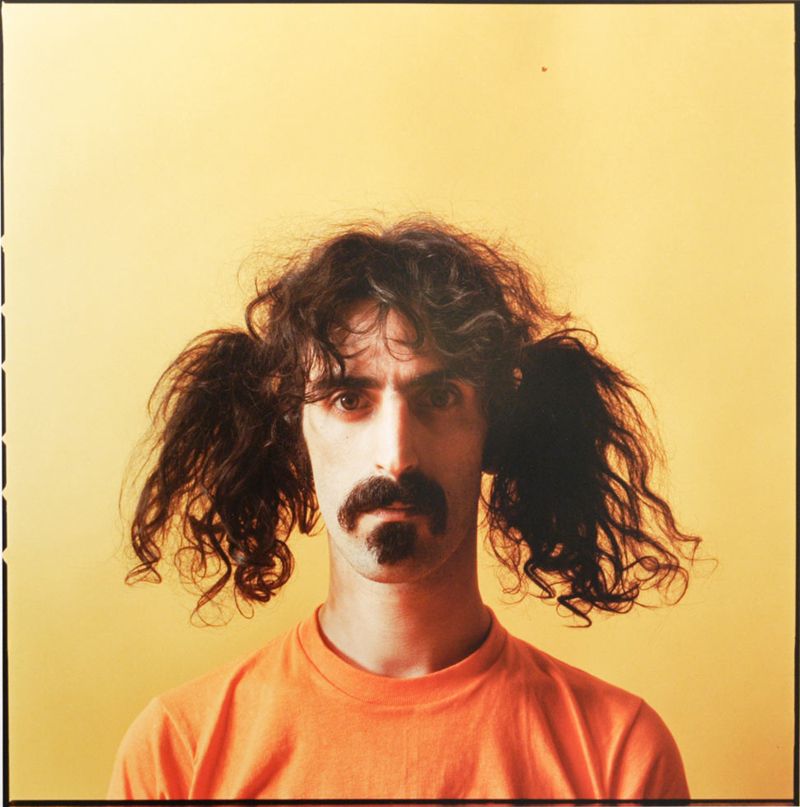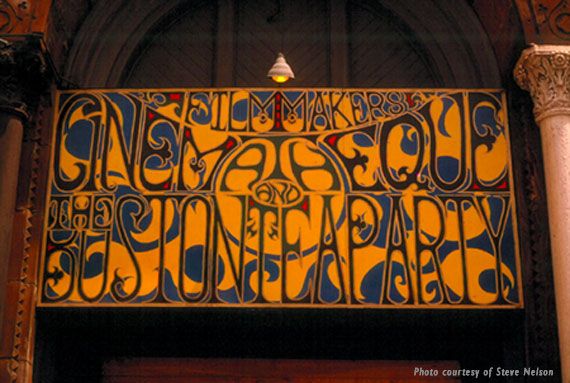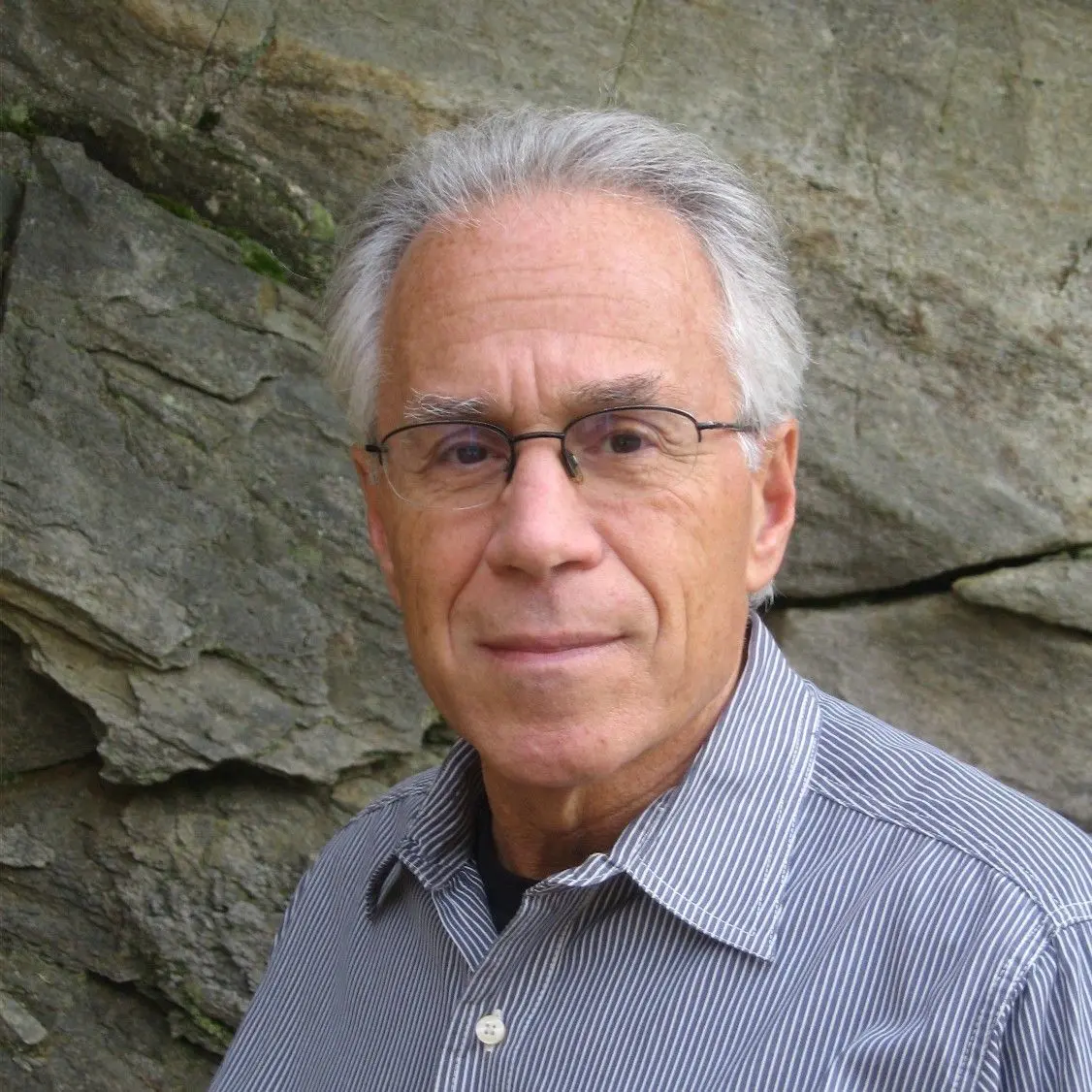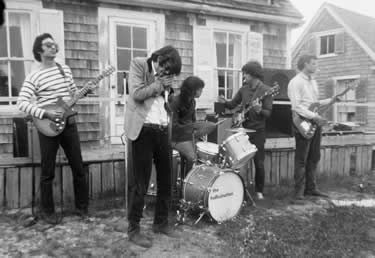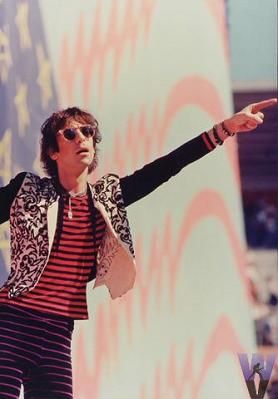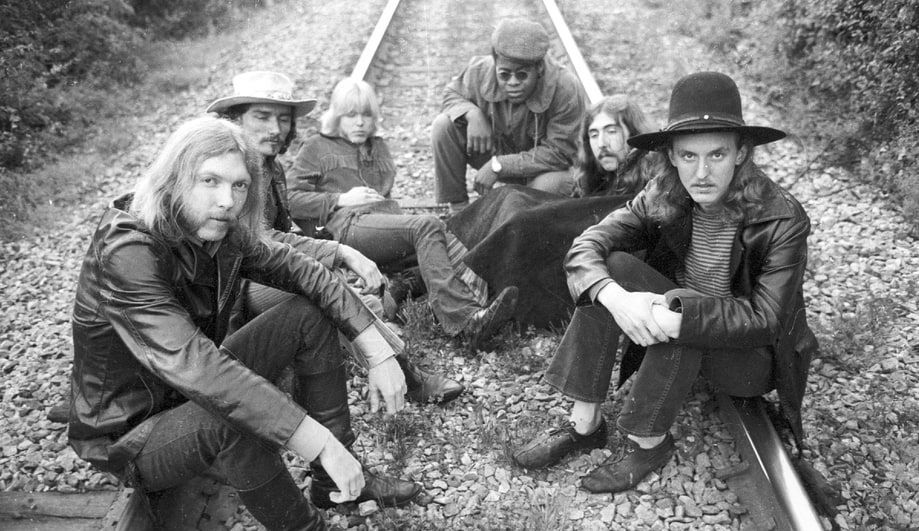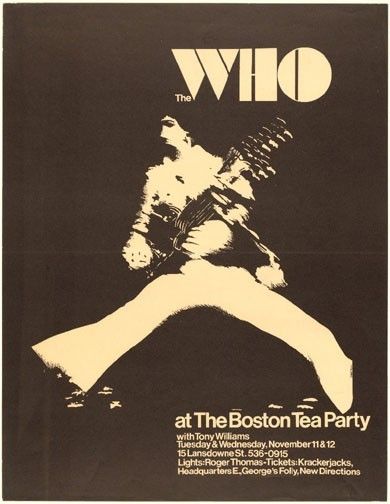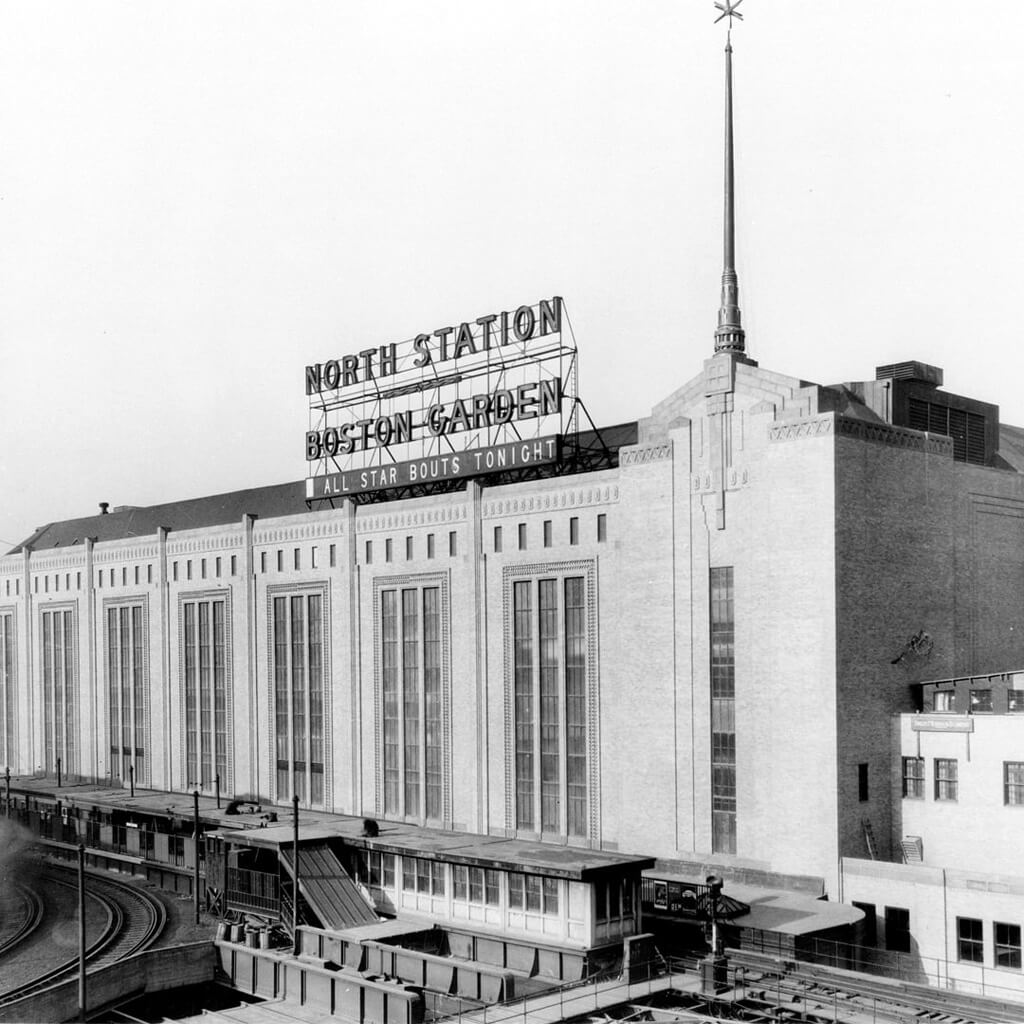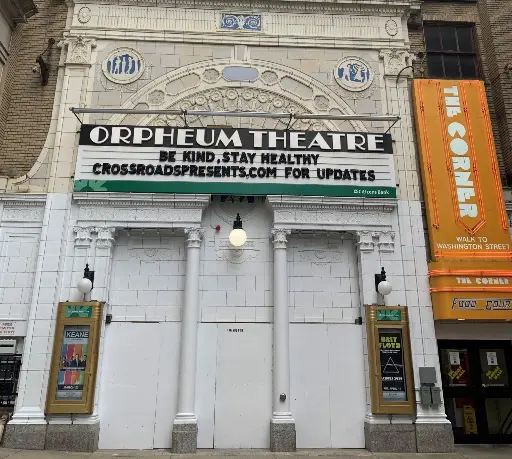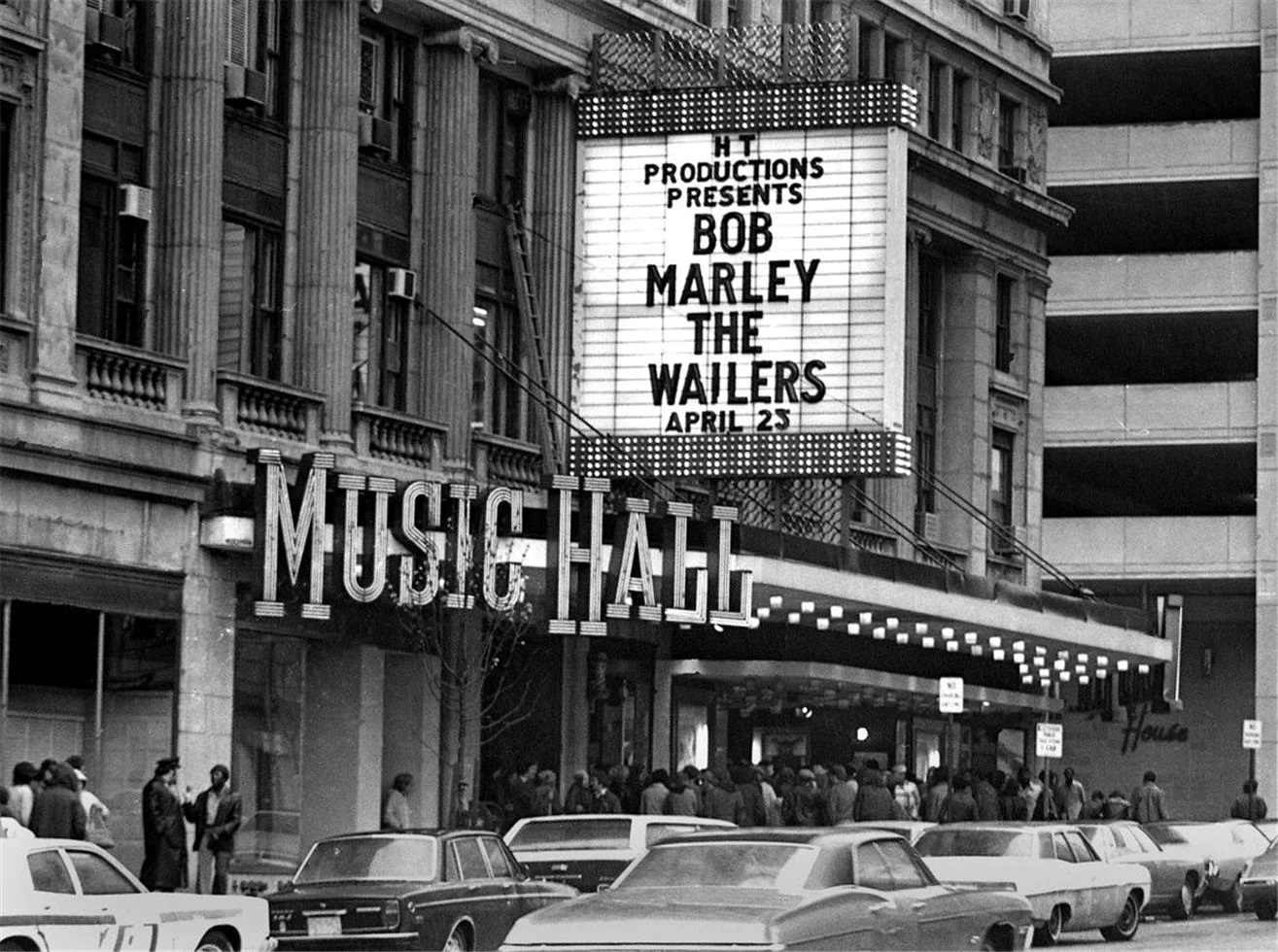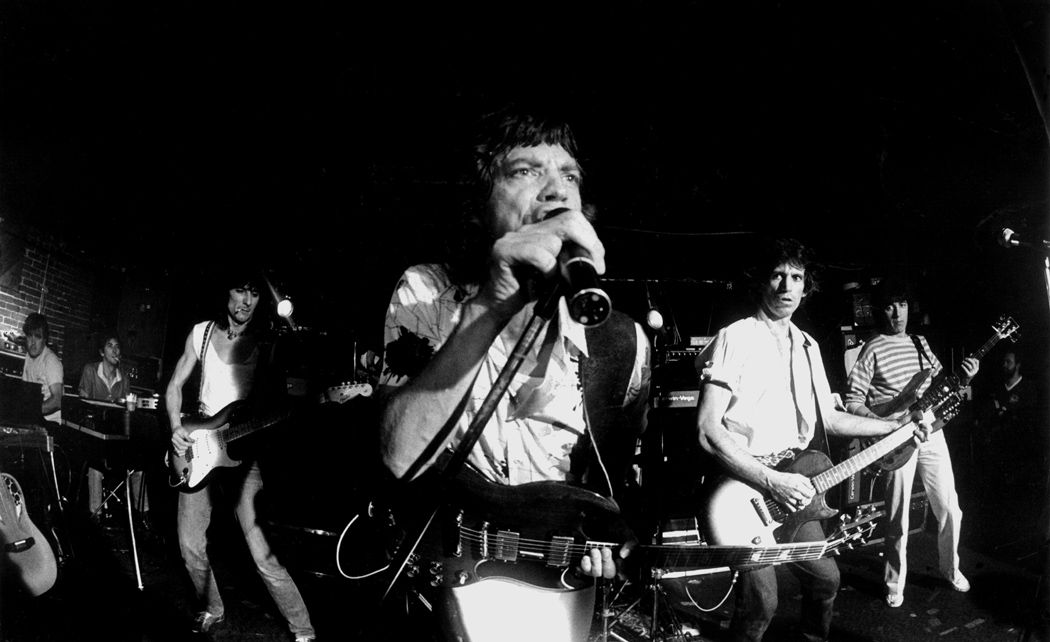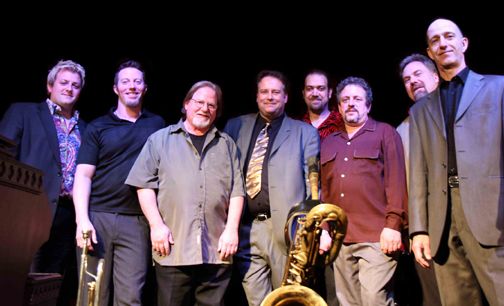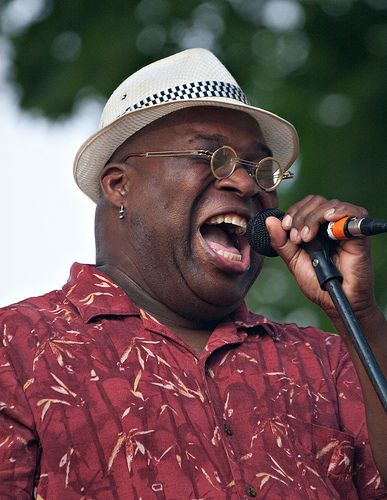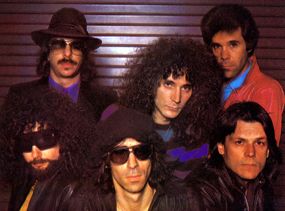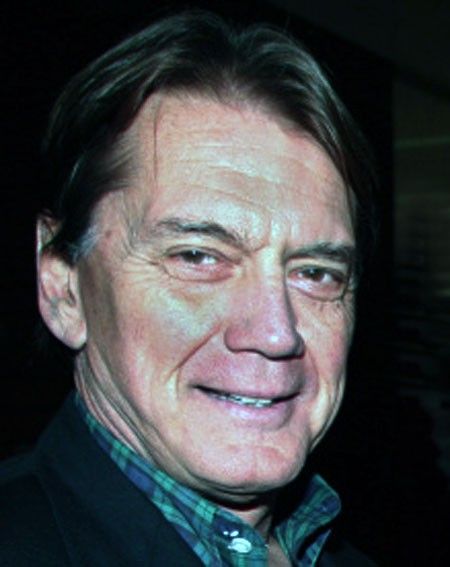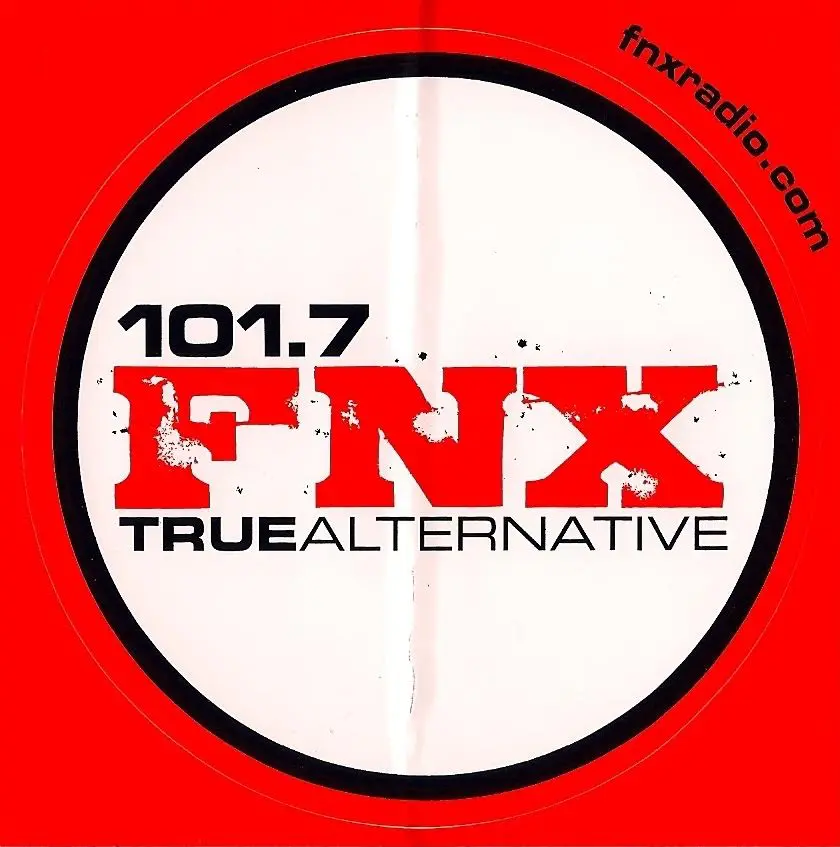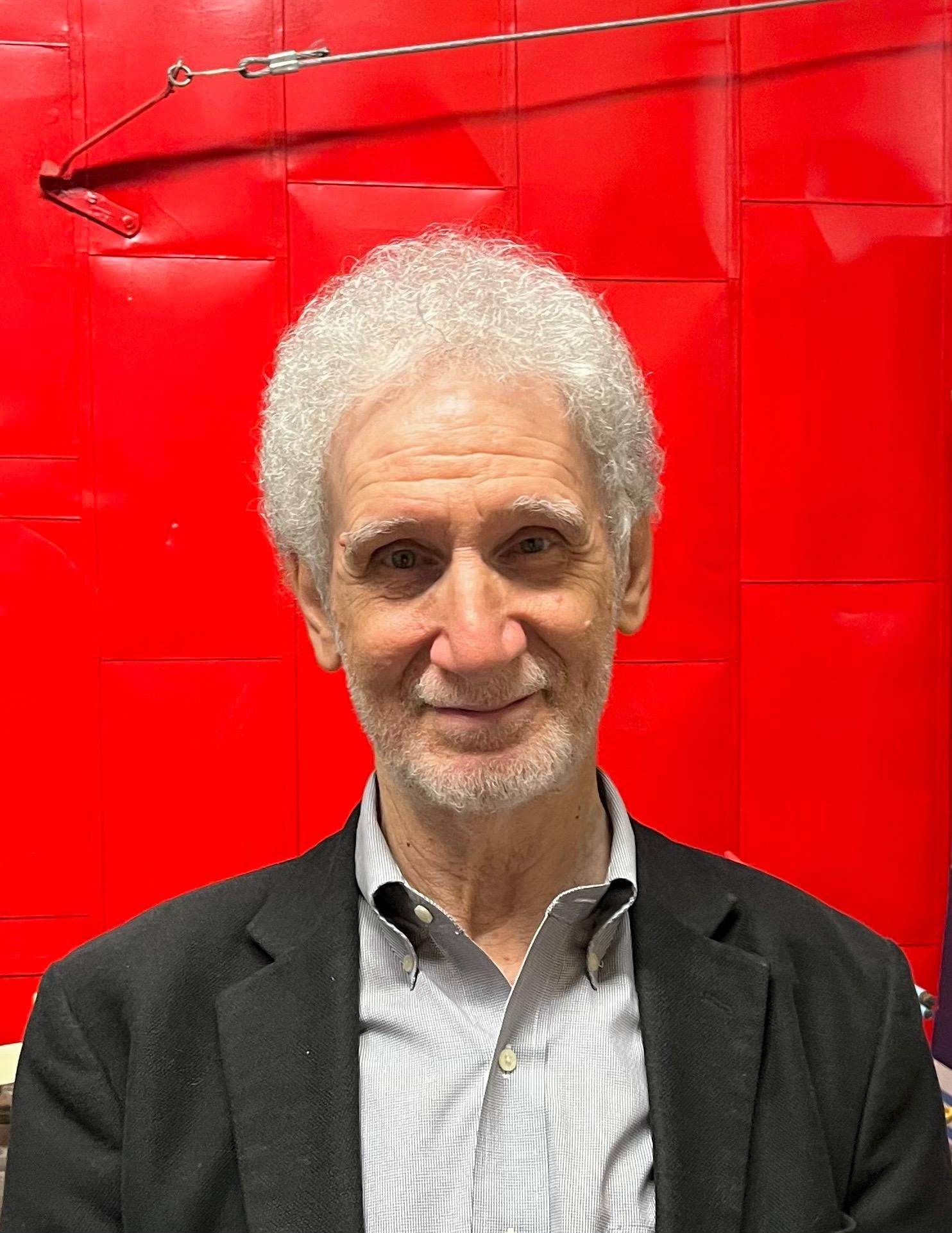Charles Daniels – “The Master Blaster”
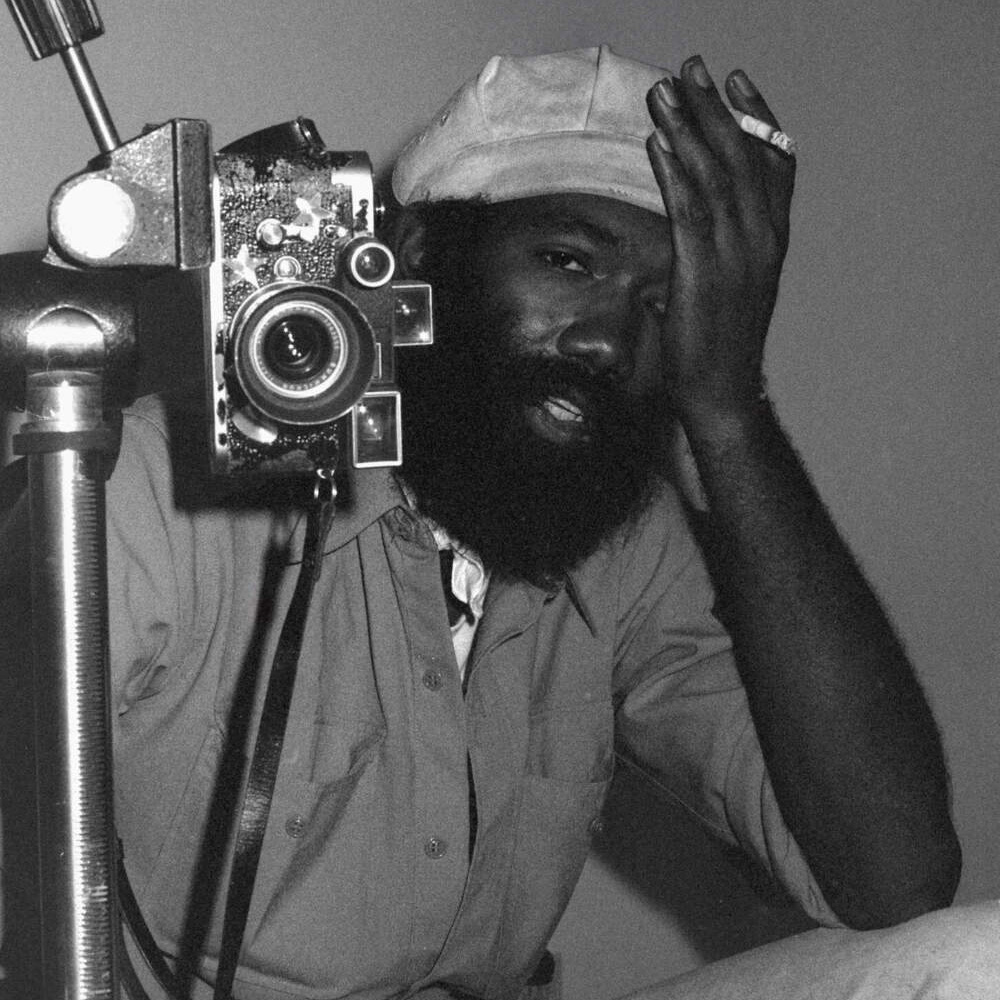
Rock stars tend to distrust media figures in the same way that the general public distrusts politicians, which is perfectly understandable for obvious reasons. But a handful of writers and photographers have broken through that barrier by being artists in their own right, not pen-wielding, camera-toting vipers looking to exploit others with gotcha questions and paparazzi pics. Charles Daniels, who genuinely befriended his subjects without any notions of financial benefit or personal fame, was one of those people.
Along with fellow photographer Ron Pownall, Daniels was among the earliest chroniclers of Boston’s rock scene. He became known for his remarkable ability to capture not just thrilling on-stage moments but also unposed off-stage ones – when artists like Mick Jagger, Jimi Hendrix, Pete Townshend and Frank Zappa were in relaxation mode – and for showcasing all the behind-the-scenes figures who make any major rock concert possible, from roadies, limo drivers and hotel staff to promotors, sound techs and flight attendants.
Unlike luxuriously lit, carefully composed shots by other rock photographers such as Annie Leibovitz, Henry Diltz and Jim Marshall, Daniels’ have a decidedly fly-on-the-wall feel, like sudden snaps taken by a good friend, which testifies to the authentic rapport he had with virtually all of his subjects. “What’s unique about Charlie’s photos is that they show you what life was really like for a band on the road at that time,” former Boston Tea Party manager Steve Nelson told The Guardian’s Tony Luong in 2022. “Because he was a part of the crew, his pictures present the bands in a new light.” Asked how he was able to take so many off-the-cuff shots of internationally acclaimed artists, Daniels said it was the natural result of friendship. “We all hung out together, so I had an intimacy with the bands no one else had,” he told Luong.
In addition to providing a panoramic portrait of Boston’s rock scene in the ‘60s and ‘70s, Daniels’ work includes a treasure trove of images that show the more mundane parts of life in the city that he made his home for his entire adult life. “There are nurses getting off the Orange Line, people who may be a little down on their luck sitting in a doorway, some anonymous person wearing a great pair of shoes, a very cool car parked near the public garden,” his friend Cecily Miller told WBUR in 2024. “He captured the texture of daily life.”
EARLY YEARS
Daniels was born Charles Daniel on November 30, 1942 – he added the letter “s” to his surname after he reached legal age – and spent his pre-teen years in Luverne, Alabama (about 45 miles south of Montgomery). His parents, Albert Charles Daniel and Peculiar McGhee Daniel, picked cotton on their farm during the day and young Charles pitched in however he could. “I remember bringing water out to my relatives who were working in the fields, picking cotton. I was like five, six, seven,” he told Phil Mistry of the webzine PetaPixel in 2022. “You always had to watch out for snakes. I was convinced there was one snake that was hiding, waiting to scare me.” At night, his parents ran a speakeasy in the woods bordering their farm, which provided Daniels with an introduction to live music, dancing and booze-fueled revelry from a tender age.
In the mid-‘50s, Daniels and his parents moved to the Roxbury neighborhood of Boston, where his father took a job as a cook on the Boston-to-Chicago train and his mother became a domestic helper who was “so valued by families that some said their marriages wouldn’t have survived without her sensible advice,” according to one obituary. He’d completed his elementary education in a one-room schoolhouse during his Alabama years but quit school at around age 13, shortly after arriving in Boston. “Charles was one of the smartest people I ever met in my entire life and one of the most intuitive. And he never made it past the seventh grade,” said Susan Berstler, his life partner of over 30 years.
PHOTOGRAPHY BEGINNINGS, PETER WOLF
Daniels’ fascination with photography also began when he was about 13, after he found a camera in the closet of his family’s new home. Though he became known for his images of Boston’s early rock scene, he spent his teens capturing the day-to-day movement of his adoptive city and its people, venturing around Roxbury and Harvard Square and snapping shots of whatever caught his eye. “I considered myself a street photographer,” he told The Boston Globe in 2022. While he held a variety of jobs during his life, including as a hairdresser and working with horses, photography was always Daniels’ first love and greatest passion.
His foray into rock photography began in 1968, largely inspired by Peter Wolf, then the overnight deejay on WBCN and frontman of local blues rockers The Hallucinations. The two happened to meet in Harvard Square and became fast friends, with Wolf recognizing Daniels’ unique talent and encouraging him to focus on photography full time. Before long, they were hanging out in the ‘BCN studio together and had given each other nicknames. “He was the one who gave me the moniker ‘Woofa Goofa,’” Wolf said in 2024, referring to his on-air handle at ‘BCN. “In turn, I gave him the moniker ‘The Master Blaster.’” Daniels filled in for Wolf on several occasions when Wolf couldn’t make it to the studio on time from a gig and Wolf has cited Daniels’ calm demeanor as one of the reasons the artists he photographed warmed to him. “Charlie’s style was very mellow and easy,” he told Luong. “He was welcoming to people and that’s why I think he developed such a friendly relationship with the bands.”
THE BOSTON TEA PARTY, TOURING WITH FACES, THE ROLLING STONES
After meeting Wolf, Daniels steeped himself in Boston’s rock scene and became the emcee at The Boston Tea Party (where The Hallucinations were a regular act), though the club never officially hired him for the role. “I was someone who was there every weekend on the scene,” he told Luong. “I knew the music. So when they felt they needed a little intro for the bands, as opposed to them just starting to play, it became easy enough for me to become the announcer.”
After the Tea Party shuttered in December 1970, by which time Daniels had taken countless photos of acts appearing there – The Grateful Dead, Chicago, Neil Young, Frank Zappa, Pink Floyd, The Allman Brothers Band, Joe Cocker, Fleetwood Mac, Led Zeppelin, The Who and Sly and the Family Stone, among others – he began announcing at other local venues including Music Hall, the Orpheum Theatre and Boston Garden. “I realized that I had an advantage to do stuff that no one else was doing,” he told The Boston Globe in 2022 about his early years as an emcee. “That’s when I started photographing the bands more seriously.”
While working at the Tea Party, Daniels formed a particularly special bond with Ronnie Wood and Rod Stewart, who were in The Jeff Beck Group when they first met. After they left Beck and formed Faces in 1969, Daniels often danced and played tambourine with the band on stage at the Tea Party, dressed like he was a member of the group. “I became as visually interesting as they were,” he told Luong. In the early ‘70s, he accompanied Faces on one of their US tours and in 1975, when Wood replaced Mick Taylor in The Rolling Stones, he joined that group on their North American tour. “The roadies had to sleep four to five in a room but I always had my own room,” Daniels told Luong, noting that Annie Leibovitz, the Stones’ official photographer on the ’75 tour, always made his work challenging. “She’d go out of her way to make sure that I was not getting good photographs,” he told Luong. “She would stand in front of me. But I was always going to get something.”
LATER ACTIVITY, ARCHIVING
In the years after classic rock’s mid-‘70s peak, Daniels was a regular presence at concerts in and around Boston, worked as an emcee at Nightstage in Cambridge – where he photographed acts including Etta James, Howlin’ Wolf, Roomful of Blues, Toots & The Maytals, Barrence Whitfield & The Savages, Albert King, Bo Diddley, Eddie “Cleanhead” Vinson, Jimmy Witherspoon and Dr. John – and made some dance and fitness videos. Though he exhibited his work only twice at local galleries, a number of his photos were featured in the coffee-table table book Faces: 1969-75 (Genesis Publications, 2011).
Despite his proximity to rock ‘n’ roll history and American culture writ large, however, Daniels didn’t organize any of his material into a formal archive until he was in his late 70s. “Most of what I shot, I just forgot about,” he told Luong. “We took a lot of things for granted at that time.” That changed in 2020, after Daniels had been diagnosed with a rare form of leukemia and Covid lockdowns had begun, when his partner Berstler encouraged him to have some of his decades-old work developed; about 3,200 canisters of film that he shot in the ‘60s and ‘70s (totaling over 60,000 photos) were wrapped up in plastic bags or tucked away in his refrigerator.
Using a grant from the Somerville Arts Council, Daniels and Berstler had about 100 rolls developed at Colortek in Boston, not knowing what the majority even contained since Daniels hadn’t labeled a lot of them. The first batch included shots of Zappa, Faces, The J. Geils Band and others, which Berstler posted her Facebook page to overwhelmingly positive feedback. “The response to those pics convinced us that we were sitting on something special,” Daniels told PetaPixel’s Mistry. In order to develop the remaining rolls, friends organized a GoFundMe campaign with a goal of $40,000, but it raised a whopping $56,000 within weeks, allowing Daniels and Berstler to hire a lab in Saskatchewan, Film Rescue International, to manage the project.
DEATH, LEGACY
Daniels died on January 22, 2024, at age 81 at Tufts Medical Center. The official cause of death was pneumonia, which his doctors said he’d contracted as the result of cancer treatment compromising his immune system. At that time of his death, Film Rescue International had finished processing and scanning the roughly 3,100 rolls of film that they’d received and the GoFundMe campaign had raised over $78,000. Daniels’ total body of work is approximately 90,000 photos.
On April 7, 2024, a tribute to Daniels was held at the Center for the Arts at the Armory in Somerville, organized by Berstler, former director of the Somerville Arts Council Cecily Miller and saxophonist Ken Field. The event featured a slide show of his photos – including many recently developed ones that had never been shown in public – and among the attendees were Peter Wolf, original Boston Tea Party manager Don Law, former WBCN and WFNX staffer David Bieber and Gerald Freyer of Film Rescue International.
“Charles’ talent seemed to be catching somebody unaware, trying to find the decisive moment when somebody was just relaxing and being themselves,” Wolf said, as quoted in an obituary published by the George L. Doherty Funeral Service. “But he did it in a way – which is so important – that was not intrusive. His aim was an artistic aim, not a voyeur aim. It was always totally an artistic endeavor. He was trying to document an artist, and the photographs speak for themselves.”
(by D.S. Monahan)

